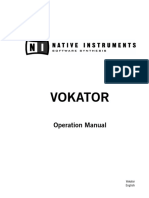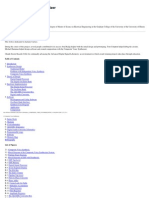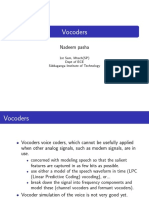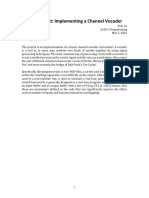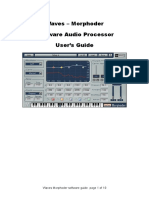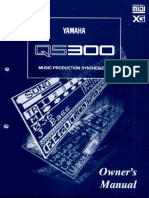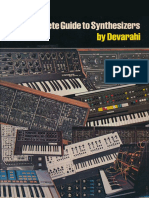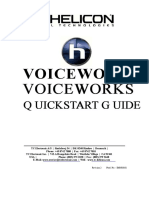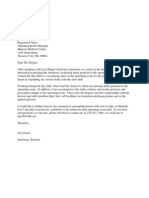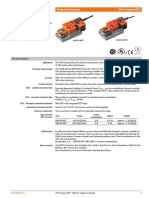0% found this document useful (0 votes)
66 views5 pagesVocoders: Learn To Get The Most From This Powerful Effect
Content server
Uploaded by
Mario MartínezCopyright
© © All Rights Reserved
We take content rights seriously. If you suspect this is your content, claim it here.
Available Formats
Download as PDF, TXT or read online on Scribd
0% found this document useful (0 votes)
66 views5 pagesVocoders: Learn To Get The Most From This Powerful Effect
Content server
Uploaded by
Mario MartínezCopyright
© © All Rights Reserved
We take content rights seriously. If you suspect this is your content, claim it here.
Available Formats
Download as PDF, TXT or read online on Scribd
/ 5










